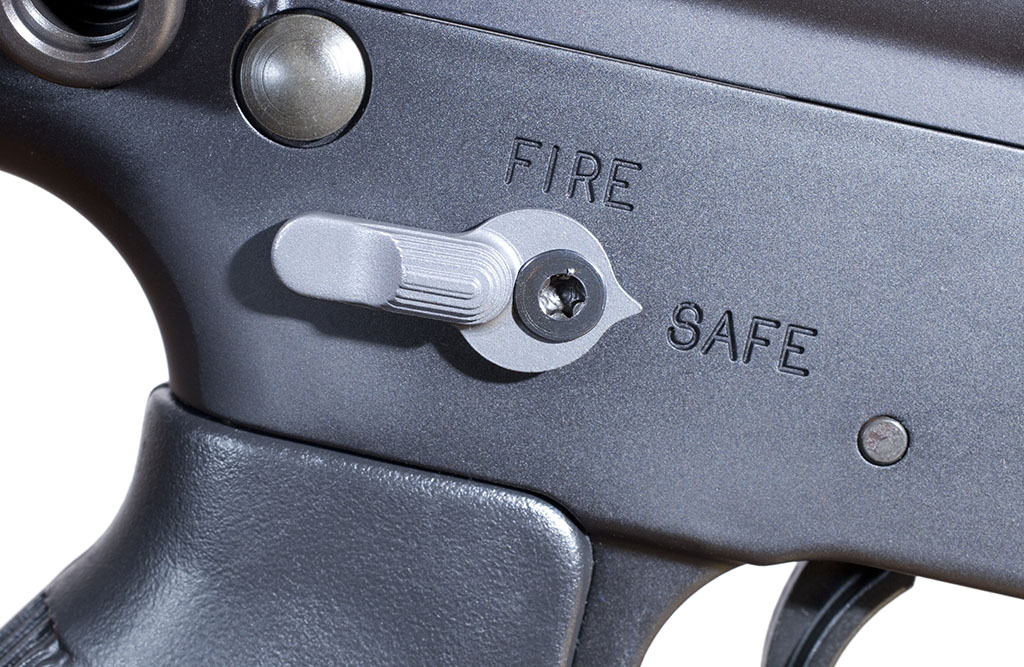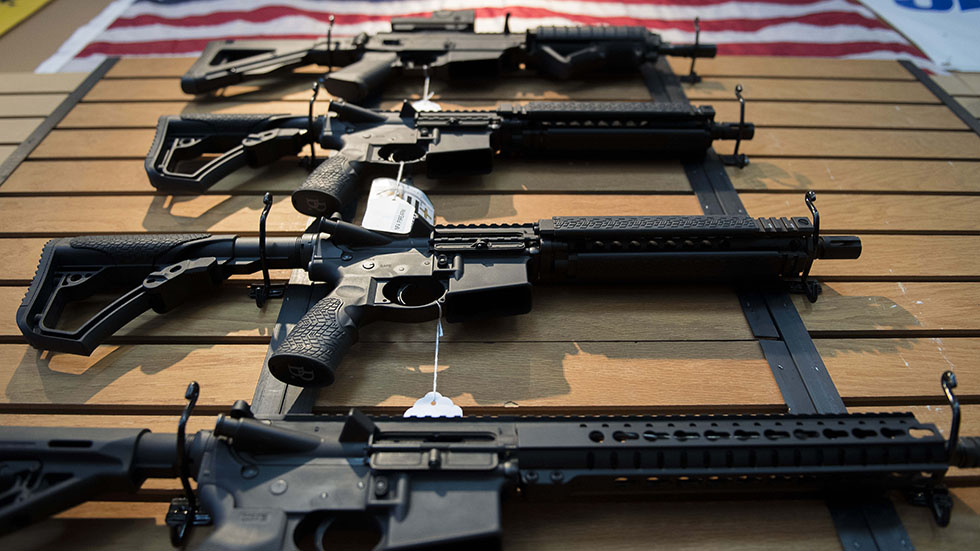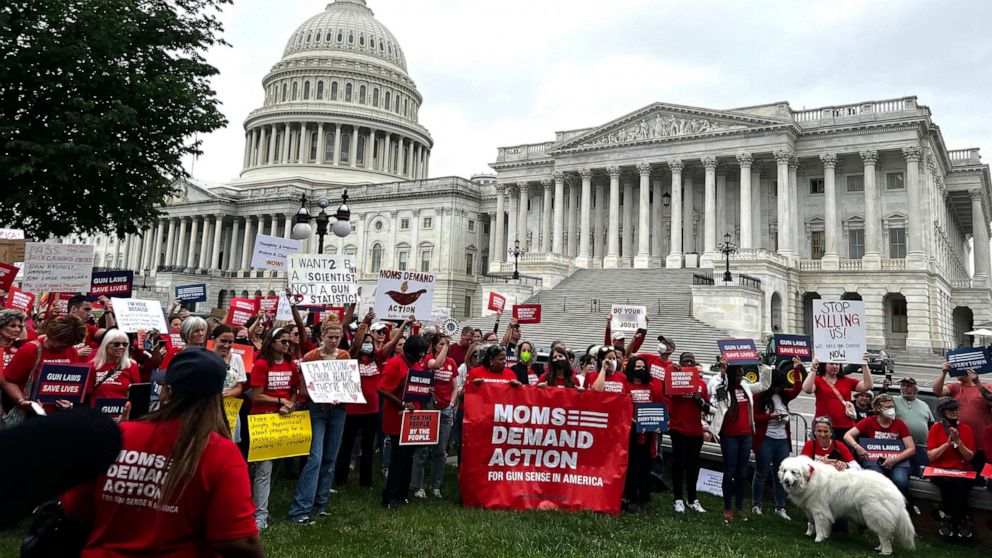
Today marks the beginning of the statewide youth-deer hunt, and also the expanded early antlerless season. Minnesota hunting magazine contains the latest news, events, and answers frequently asked questions. You will also find information about the youth season and the application deadline. You can read on to learn more about this year’s youth season, and check if you are qualified. Here are some important facts about Minnesota youth hunting deer.
Only valid for bucks-only deer areas
The legal bucks only are allowed to be hunted by youth deer hunters who have a valid archery license. Bucks may only be shot on public land if they are at least 13 inches long by 10 in wide. On designated junior deer hunt training dates, from November 5 through November 12, 2020, youth hunters are allowed to hunt with firearms. The hunter's permit will be valid for 2 seasons. A replacement tag will also be issued in the event of loss or theft.
Youth hunters are allowed to hunt elk or buck-only deer within certain counties, in addition to the hunting seasons. They are both federal holidays. However it is legal to hunt deer with bows within the counties they desire to hunt. These hunts have very specific rules and can vary from one county. However, for those planning on hunting a deer with bows in Wisconsin, there are some important things to keep in mind.

CWD sampling mandatory for deer harvested during mn youth deer hunts
CWD sampling is now required for youth deer hunts in Minnesota. For youth deer hunts, hunters will need to provide a deer carcass at a sampling station within 24-hours of harvest. The DNR website provides information about the locations of the sampling stations. Hunter should contact the DNR or visit its website to locate the closest sampling station.
Permit hunters who want to submit CWD samples should bring their deer to a self service sampling station located between Oslo and Moorhead. Once the samples have been collected, DNR staff will extract the lymph nodes from the Retropharyngeal. The samples are sent to a laboratory where they will be further analysed. After results are completed, hunters can check the DNR's website to determine if the deer has contracted the disease.
Application due date
Minnesota DNR has published a list of dates available for its next youth deer hunt. This youth hunt is open only to 12 years old and takes place in a certain area. A 21-year-old or older adult supervisor must supervise youth hunters. They must also have completed the Minnesota DNR education course. Both the youth and adult supervisor must complete the application and remain within 50 feet of the youth at all times. You can hunt antlerless whitetails with youth deer tags, but crossbows are permitted if you're 21 years or older.
Minnesota residents must apply to get a license. If you are a nonresident, you will need to purchase a license. Minnesota offers three deer hunting license types. Nonresident hunters pay $165 and residents hunters pay $30. Youth hunters under 10 years old can apply for a complimentary license. Non-resident hunters can also purchase a license for the entire year.

Cost of license
Minnesota has three types for deer hunting licenses. Youth under 12 are eligible for free youth hunting tags. Adults will need to pay $165 for a deer hunt license. Nonresidents and residents pay $80 for a youth hunt license. Residents pay $10. Antlerless bonus tags are also available. They are $12 for residents and $20 for nonresidents.
Log in to the Minnesota Game and Fish website to purchase a Minnesota youth hunt license. Click on the button "Apply" in the 'Lottery/Gratis section. Enter your personal data, including your age. You must be between the ages of eleven and twelve by the end of the calendar year. The license is valid for an antlerless whitetail deer only.
FAQ
How many deer-hunters are there in the U.S.
It is believed that there are over 20 million deer hunter in the United States. This includes professional as well recreational hunters.
What kind of training do I need to become a hunter? What is the average time it takes?
A basic course is required to learn how hunt. This course will help you learn about different game types and the laws that surround hunting.
You will learn how to properly handle firearms and ammunition. Instructions will also be provided on how to safely use these weapons.
This course lasts anywhere from two weeks to three months. Some courses are offered online. Others are held in person.
To qualify for a license, you must pass a written test. You might also need to prove that you have successfully completed a hunter education program.
What does it cost to be licensed? What if I don’t make enough money?
The cost of licensing varies by state. The cost of licensing can range from $20 to more than $100.
You might be eligible to apply for a loan/grant if you don’t have enough money.
To pay the tag fee, you must also pay the fee. Prices for tags vary depending on what type of game you hunt.
There are tags available for bear, elk and moose as well as waterfowl, upland birds and furbearers, such as foxes.
Some states require you to register with the Department of Natural Resources before you can obtain a license.
Check the regulations in your area before you hunt.
Where can I buy a gun?
Gun stores are located throughout the country. They have everything from entry-level guns to highly-priced weapons.
Many gun shops are specialists in selling firearms. They often have knowledgeable staff that can help you pick the right gun to suit your needs.
We have a guide for handgun buyers.
Where can I buy a gun? Is it necessary?
Hunting certain species requires a gun.
A firearm is required by most states for hunters. The type you choose depends on the game you are hunting and the state where you live.
Any sporting goods store will sell a rifle, shotgun or handgun as well as a crossbow and muzzle loader.
You should ensure that you select a weapon that suits your needs. If you plan to hunt small game, such as squirrels or rabbits, you might consider buying a pistol of.22 caliber.
If you plan to hunt large games like deer, elk, and bears, you might want to look into purchasing a larger caliber weapon.
If you don't feel confident handling a weapon, do not buy it. A gun can be a dangerous weapon. Keep your gun unloaded until you're ready to shoot.
Make sure the gun has been checked by a qualified gunsmith before you buy it. Ask the seller for instructions on how to load and unload your gun.
The warranty provided by the manufacturer should be reviewed. Ask the dealer for a warranty if there is none.
Ask the dealer for a copy if their safety instructions. These documents should include information about safe storage and maintenance.
Examine the serial number. If it begins with "NIB" or "New In Box," then the gun was manufactured brand new.
If the serial # begins with an odd numbers, the gun may have been previously owned.
If you aren't sure whether the gun was ever used, please contact the manufacturer. They should be able tell you more about the gun's past.
Why is hunting a good hobby?
Hunting can be likened to playing chess with the natural world. You have to think ahead, plan out every move, and anticipate where the game will go next.
Hunting is about hunting food. To do this, you have to be able track and identify your prey. These are the things that will make you a successful hunter.
It is important to always be alert when hunting. That way, you won't miss any opportunities. If you do happen to see something, be sure to get close enough to identify it. Then take note of everything you saw and record it. This will allow you to remember what you saw later, if you want to hunt again.
It's much more than just shooting at targets. It's about being in tune with yourself, your surroundings, and the animals around you.
What gun is best to hunt?
A.22 caliber rifle makes the most effective hunting weapon. It's light and easy for hunters to carry. It is also able to shoot accurately from long distances.
When you don't expect a predator to attack, this is the best time to use your firearm.
It is not a good idea to shoot at trees with ammunition. This would cause little harm. You should aim your gun at your prey.
A.30 caliber rifle can be used if you plan to hunt larger game such as deer and elk. However, it's heavier than a.22 caliber rifle.
You will need to practice more to achieve the same level of accuracy with a 30-caliber rifle.
Is hunting dangerous?
Yes, hunting is dangerous.
There are many ways to injure your self.
An example is poor shooting techniques. An example of this is when you shoot at an incorrect angle or hit the wrong area of the animal.
Another possibility is to be attacked by another pet.
Every year, hunting accidents occur. Guns are responsible for many people being killed or seriously hurt.
Hunters are advised to keep their guns loaded until they reach their destination.
When they are out in the woods, they should make sure that their guns don't get loaded.
Always keep an open mind. Be aware of where you step and listen to the sounds around you.
You should not approach any animal unless you can defend yourself.
Never chase after prey. Instead, wait patiently and they will come to you.
Don't take shortcuts. They could lead to injury and death.
Be aware of cliffs, and other places that you cannot see down below.
Avoid rivers and streams. These places may flood unexpectedly.
It is best to not drink alcohol while hunting. Alcohol affects your judgment and slows down reaction time.
You should always keep your safety equipment handy. You should always carry a first aid kit and flashlight.
It is essential to be able to handle an emergency. Do not attempt to administer CPR if you don't know how.
Statistics
- According to the Wildlife Restoration Act, passed in 1937, most of the state conservation efforts are funded through hunting and fishing license sales and firearms sales. (stacker.com)
- Indiana, for example, saw a 28% jump in turkey license sales during the first week of the season. (stacker.com)
- Less than 1% of Hawaii's population has a hunting license. (stacker.com)
- - Percent of residents with paid hunting licenses: 0.7%- (stacker.com)
External Links
How To
How to make a Deer Blind
A deer blind is a type of hunting device used to hide from game animals such as deer, elk, etc. It is usually made from wood or canvas and covered with branches or leaves. The hunter then hides within the enclosure, waiting for the animal to move by. A deer blind is often used when hunting at night.
There are many options for deer blinds. Some are portable while some are permanent. They are constructed of materials such as plywood and cardboard.
The most commonly used type of deerblinds is the box blind (also called box stand), which consists of a wooden box with roof and walls. Because they are easy-to-assemble and transport, boxes are very popular.
A tree stand can also be used as a deer blind. Tree stands are natural looking so that it is not obvious they exist. Most tree stands are permanently attached with trees.
Ground blinds, similar to tree-stands but built into the ground, are another option. Ground blinds are usually camouflaged in dirt, rocks or sand. Ground blinds may also be known as "ground boxes"
There are several ways to hunt with deer blinds. One way is to sit still and wait for the animal to approach. Another way is to move around and try to scare the animal away. This method can be used if you are unable to remain still and don't move much. This could lead to the animal thinking you're a prey and running away.
First, find the right spot to place a deer blind. Choose a spot that isn't likely to blow your scent towards animals. Avoid areas where people often hike.
Also, ensure you understand how to set up a deer blind. The last thing you want is for the animal see you and run.